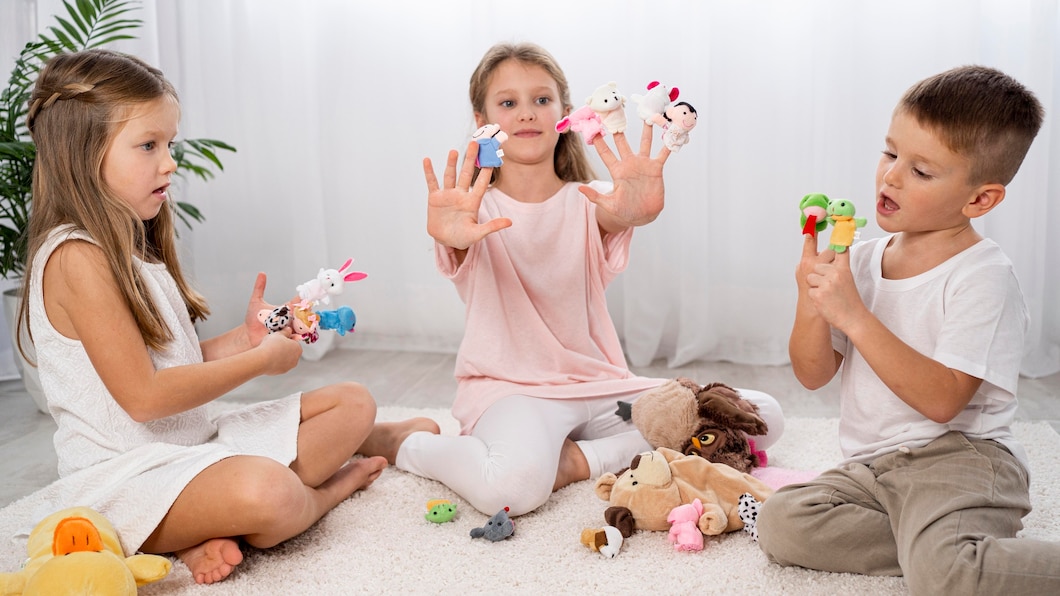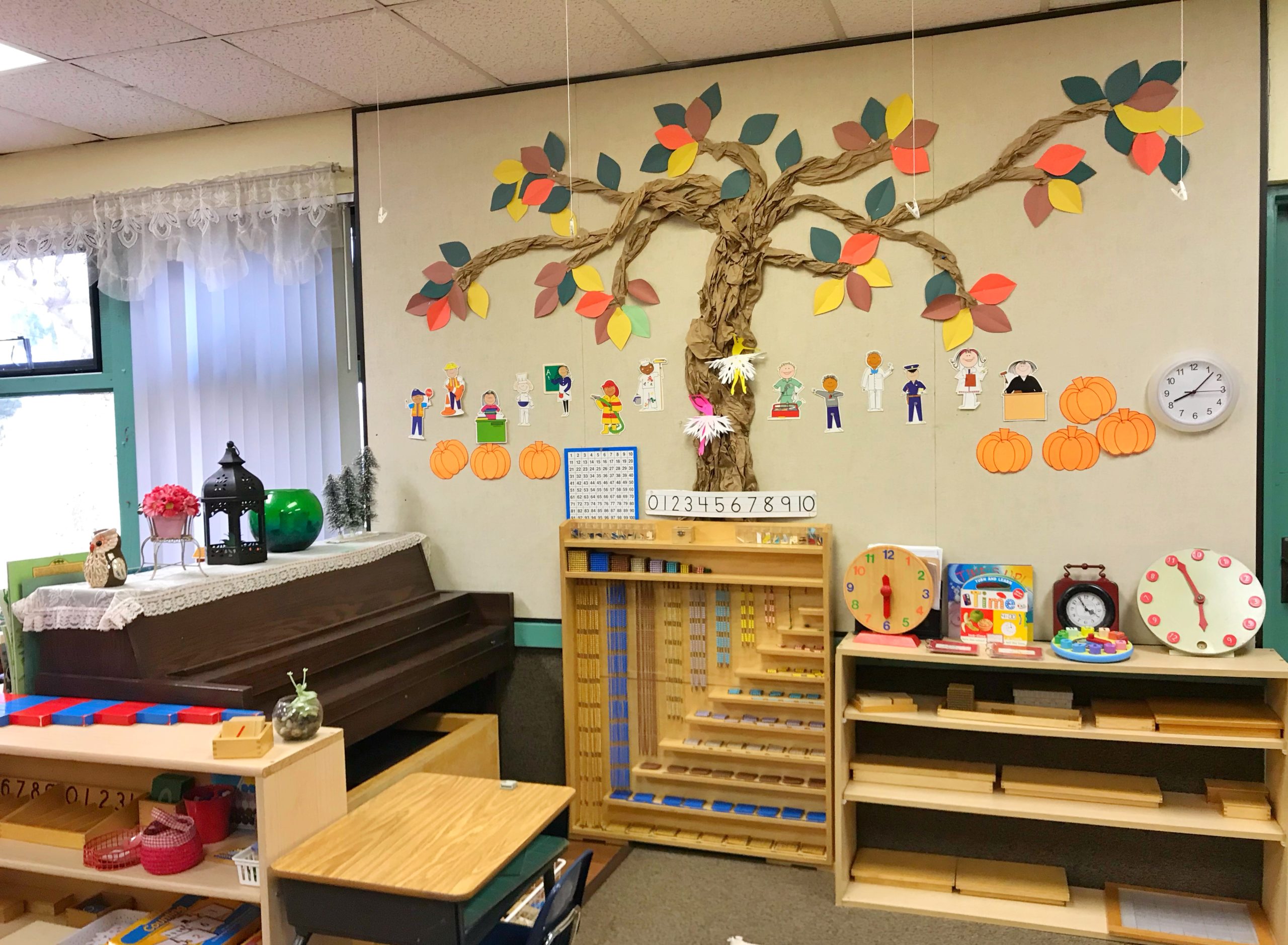
After the holiday season, homes often overflow with an abundance of new toys, leaving children with more than they can handle. The Montessori method offers a practical solution to this common dilemma.
At Central Montessori Schools (CMS), we have a dedicated team ready to guide you with any questions you may have. Our classrooms and activities are designed to foster independence in a controlled yet free environment. These methods can also be adapted at home, allowing you to extend Montessori principles into everyday life.
Why Rotate Toys? Insights from Montessori Education
Have you ever noticed your child quickly losing interest or constantly switching between toys? This happens because they may struggle to focus on any single toy when surrounded by so many options. Dr. Maria Montessori, the founder of the Montessori method, believed that toys should serve as purposeful tools to prepare children for everyday life, rather than mere objects for entertainment.
Montessori emphasized that toys should be simple, age-appropriate, and offer opportunities for exploration and discovery. An excess of toys, however, can discourage curiosity and limit children’s desire to engage with their surroundings.
To address this, the Montessori approach suggests a technique called toy rotation. This involves organizing the child’s space, removing unused toys, and fostering an environment conducive to learning and order.
How Does Toy Rotation Work?

Montessori experts recommend rotating toys at intervals suited to the child’s age. For children aged 5 to 6 years, a 15-day rotation works best. Younger children may benefit from a longer rotation period—up to three months—since they are still exploring toy textures and features. Regardless of the interval, it is important to ensure toys are simple, functional, and practical.
The ideal number of toys in a child’s space is also a point of discussion. Studies show that children with fewer toys focus better. For optimal engagement, aim to have no more than five toys available at a time. Begin by removing toys that no longer capture your child’s attention, and gradually rotate the remaining toys based on the recommended timeline.
Initially, your child might feel confused or upset about the reduced number of toys. If tantrums occur, refer to our blog for tips on managing tantrums using Montessori principles.
Tips for Implementing Montessori-Style Toy Rotation
If you are ready to organize your child’s toys using the Montessori method, here are some helpful tips:
- Discard old or broken toys: While it is tempting to keep toys for sentimental reasons, broken or outdated items only create clutter. Keep only those toys that are functional and purposeful.
- Store unused toys: After selecting four or five toys to keep in the play area, store the rest in boxes and place them in another room where your child cannot access them.
- Categorize toys: Another way to rotate toys is to group them by category, such as building blocks, puzzles, textured toys, plush toys, musical toys, and so on. Rotating by category helps identify your child’s preferences and encourages engagement with less-used items.
Conclusion
Toy rotation is an excellent way to inspire children’s imagination and curiosity about the world. Maria Montessori believed that toys play a key role in a child’s development and real-life preparation. By introducing toy rotation, you create opportunities for meaningful exploration while maintaining an organized environment.
Remember, at Central Montessori Schools, we offer specialized classes to help your children develop their skills to the fullest, fostering independence and curiosity about their surroundings.




